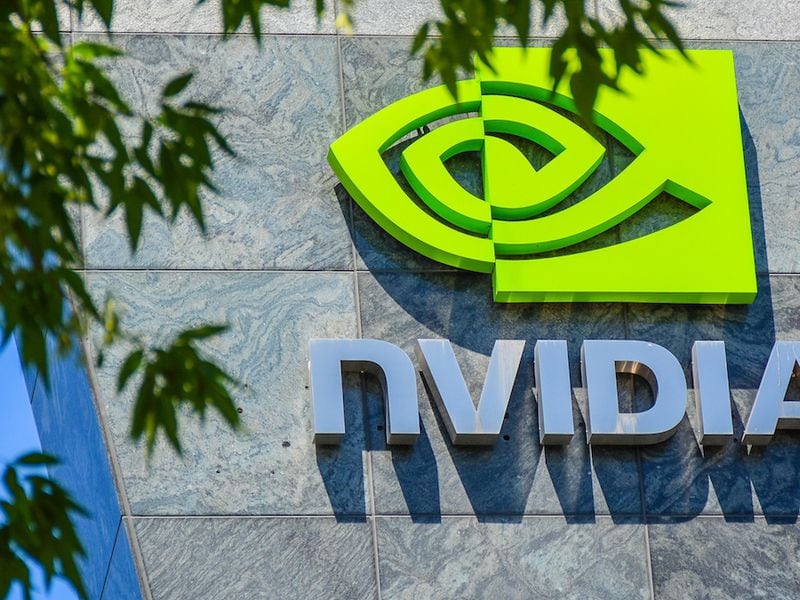From DeFi to DeOps: How Public Blockchains Could Replace ERP Systems
From DeFi to DeOps: How Public Blockchains Could Replace ERP Systems
Enterprise Resource Planning (ERP) is simultaneously one of the most transformational technologies for modern business and also one of the most boring. Quite simply, ERP is the glue that holds modern enterprises together, connecting business processes across large enterprises in a standardized way.
That said, there is also nothing magical about ERP. It simply combines two things: transactional data (purchases, sales and inventory levels) with business rules and process. The results are simple, but the technology itself has immensely powerful capabilities, for instance, automatically re-ordering supplies when an inventory runs low, without human intervention. With blockchain technology, we are entering the era of decentralized, ERP-like apps that can span multiple enterprises but also share data and logic, in turn automating and digitizing commerce.
Paul Brody is EY’s global innovation leader for blockchain. The views reflected in this article are the views of the author and do not necessarily reflect the views of the global EY organization or its member firms.
In an always-on digital environment, this doesn’t seem very new or unusual. That’s because when it comes to truly digital supply chains, most companies are faking it, not making it.
The secret truth about digital commerce is that it usually comes to a screeching halt at the enterprise door. It’s not uncommon for a digital system to create a purchase order using PDF software (which is emailed to a supplier), only for it to be scanned into their systems using a process called optical character recognition (OCR).
This digital-analog-digital scanning process is only one step above printing and faxing. Within the digital supply chain, electronic data interchange (EDI) is one step above OCR, but it only allows for static communication (and only between two parties). Furthermore, it doesn’t support any kind of shared business logic or process.
To understand what a big deal this is – and to get a sense of how much is at stake – it is useful to step back and define how big the impact of ERP has been. When I joined McKinsey & Co, in 1995, process change was something you put on paper and into manuals. With the widespread deployment of ERP, the reality is that business processes – if they exist – really only exist in software.
If you want to put a product on sale at 500 stores across the country (or around the world), it can likely only be achieved with end-to-end software. Whether forecasting the sale events or planning increased inventory and making sure price reductions happen at the cash register, if it doesn’t happen with enterprise software it probably won’t happen at all.
Thanks to ERP, the efficiencies driven by a single retailer alone are thought to have cut the cost of living in the U.S. for the average person by $895 a year.
ERP systems have such a huge impact because they allow companies to make good on their operating scale. Companies that are integrated from end to end can also negotiate significantly lower prices with suppliers. Their promise to buy only from a preferred supplier is much more credible because ERP systems will simply block purchases from unauthorized suppliers – something that used to happen routinely before digital systems were introduced. ERPs can also carry less inventory and have lower shipping costs as they track inventory levels and plan replenishment operations each day.
Instead of suppliers having to integrate with customized systems in large enterprises, they can instead interact with standardized apps and tokens on the public blockchain network.
Exciting? No. High impact? Yes.
The benefits associated with these systems have traditionally been limited to the largest companies because each large enterprise has its own digital hub for collaboration. If you’re a supplier and you want to sell to a big retailer, be prepared to join the supplier’s network (which is not free). Each integration brings with it both efficiency and long-term cost commitments. For instance, smaller companies are often overwhelmed by these types of demands – but ERP can remove that hurdle.
Blockchain technology has the potential to change the dynamics of system integrations. Instead of suppliers having to integrate with customized systems in large enterprises, they can instead interact with standardized apps and tokens on the public blockchain network.
DeOps (Decentralized Operations) applications could take hold. Want to have automated replenishment of your inventory? There’s a DeOps app for that. Insuring a shipment between two locations? There’s a DeOps app for that. Managing warehouse space that you rent from a third party? Same again.
DeOps applications will take the two main components of ERP – shared facts and shared business logic – and enable them to operate between enterprises and across enterprise boundaries. This will allow for truly digital end-to-end supply chains without having to worry about centralized entities spying on and monetizing the data flowing between companies.
How much might the shift to truly digital supply chains be worth? Trillions of dollars. Given that nearly everything we buy today passes through multiple hands before it arrives in your home, there is a good chance that increased efficiency is possible at every step of the process.
Entire industries have been built – and companies transformed – on their implementation of ERP. The impact of decentralized operations is likely to be just as large. And while nearly every large company currently has some form of an ERP system, almost none of them use DeOps applications – so we are just at the beginning of this transformation.









